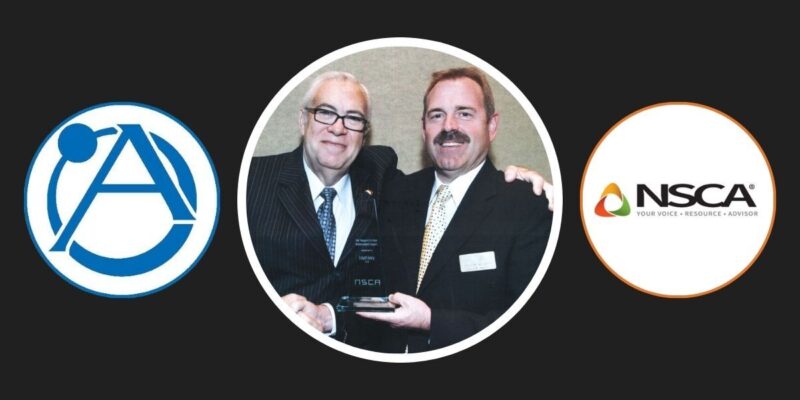Good Help is Hard to Find
By Chuck Wilson, NSCA Executive Director
The dot-com bubble produced a number of, at the time, innovative approaches to creating a productive work culture. Valued high-tech workers were provided with practically anything an employee could dream up: gym memberships, dog walkers, babysitters, company-sponsored vacations, company cars, pool tables, rooms to nap in and hackey-sack matches to stir up creative energy. Employers were all too aware of how difficult it was to find skilled labor, and employees made no bones about their marketable knowledge.
A lot has changed since the bubble burst, but the quest for skilled employees remains the same: they are hard to find, their knowledge gives them bargaining power and everyone is after the same job candidate. The dot-com bust may have ruined shareholders, but those toiling behind the scenes rebounded quite nicely.
Systems contractors are not immune to this, as A/V technology is now undeniably linked with IT. Integration firms need personnel that can grasp today’s programming and networking systems as well as those of tomorrow. And, as more systems contractors find themselves face to face with IT managers, they need staff that can speak the CIO’s language.
The good news is that, except for an elite category of the nation’s corporations, dog walkers, gym memberships and pool tables are a thing of the past. Business has once again become serious and job candidates are willing to accept this. This doesn’t mean, however, that companies can drag their heels when wooing that valued technical brain.
Career analysts say that the best way for employers to attract skilled labor is to provide a great place to work. People talk and it doesn’t take long for a firm to gain a reputation as a great — or horrible — professional environment. Employees may no longer care about company-sponsored ping pong, but they do want to be treated with respect, have the tools and training necessary to do their jobs well, be empowered to make their own decisions and, most of all, know where they stand in the company.
All of this requires companies to implement solid processes and procedures for everything from bidding on a project and processing a change order to submitting an invoice. Growing firms can no longer rely on all of this information being kept in the owner’s head; it’s not profitable and it frustrates everyone — especially those valued employees. Employee handbooks, well-defined job descriptions and regular performance reviews contribute to the creation and maintenance of a work environment where the personnel are motivated to do their best. Satisfied employees will also be less likely to seek work elsewhere.
So where can you find these valued employees? Paid advertising is one option, though not that effective. Many companies find success at local colleges and universities during job fairs. Perhaps, however, the best solution is in your own backyard. Your existing employees have cultivated their own network of peers, ex-colleagues and even ex-university classmates who may be qualified to work for you. If your employees like their jobs, chances are they would recommend your company to these potential employees.
Richard Hadden, leadership and employee relations expert at Contented Cow Partners in Jacksonville, Florida, and co-author (with Bill Catlette) of Contented Cows Give Better Milk (Williford Communications), suggests that firms offer employees a recruiting bonus when the company hires someone they referred.
Hadden also underlines the importance of making new recruits feel like part of the organization as quickly as possible. This takes some effort, but if the right processes are in place, the pay-off can be substantial. Send a welcome letter from the company president the week before the new employee’s first day. Assign another employee to show them how things are done, including where to park, how to operate the phones, how to obtain office supplies and even what people at the office generally do for lunch. Take the time to offer them lunch yourself and encourage other employees to do so, as well. They will have questions and, over a meal, may be less reticent to ask them. Plus, you could learn valuable information that will help you to improve your human resources department in preparation for the next hire.
Good help will always be hard to find. It takes an investment — both financial and strategic. The country’s most successful leaders tout the strength of their teams; without quality people, their organizations would accomplish little. The investment of time and money is well worth it when it comes to recruiting and retaining employees — especially in today’s competitive culture. Companies that do are the ones who can really get down to work.





